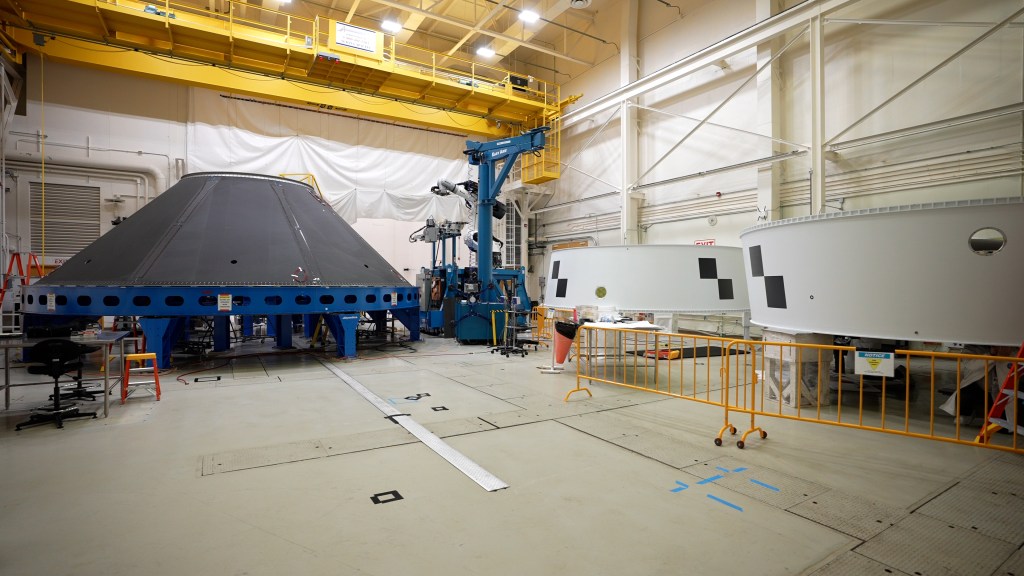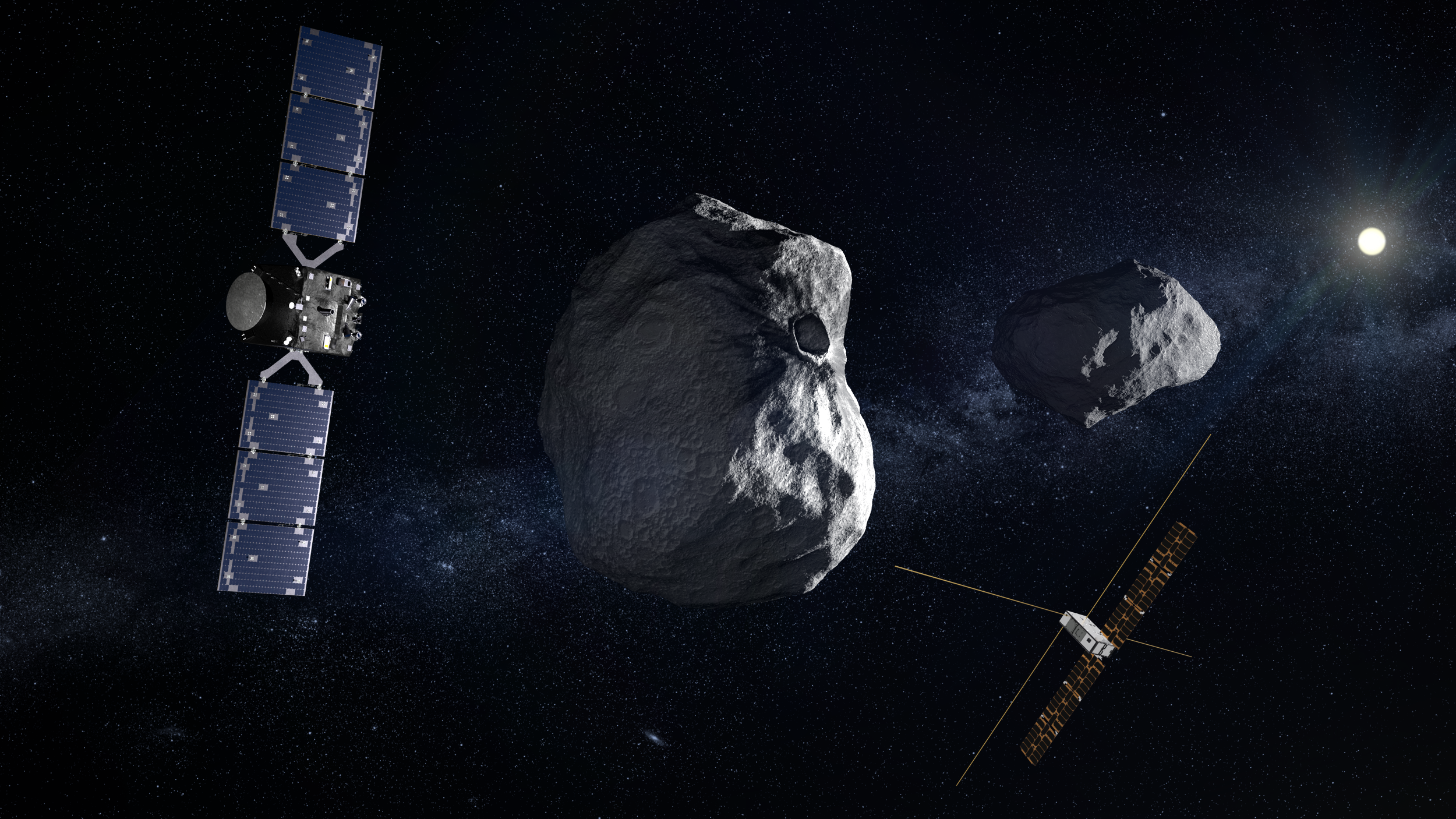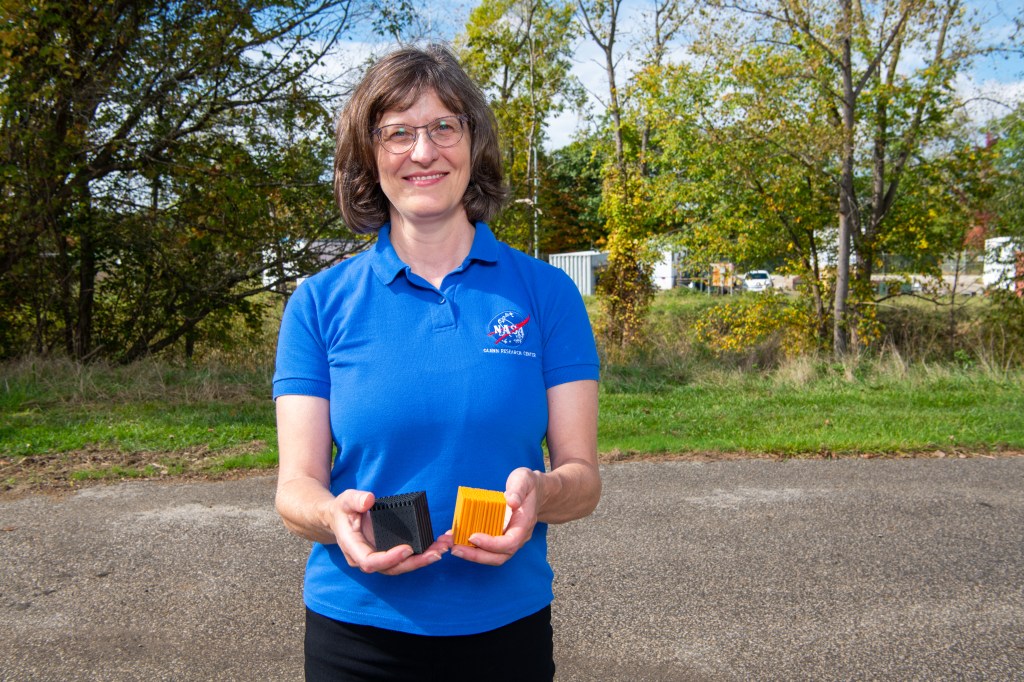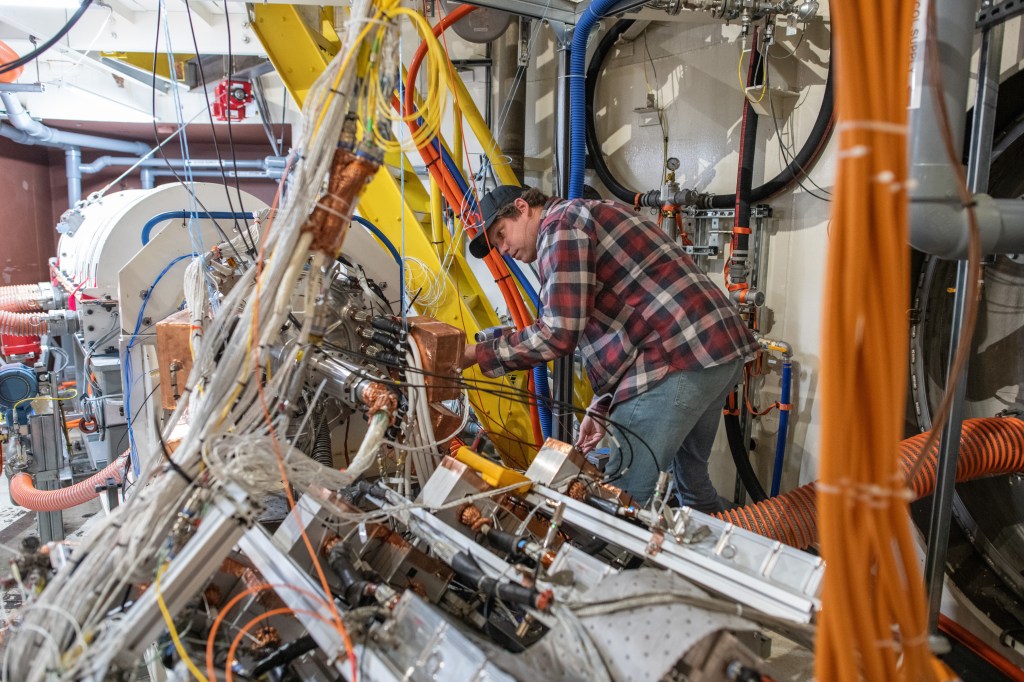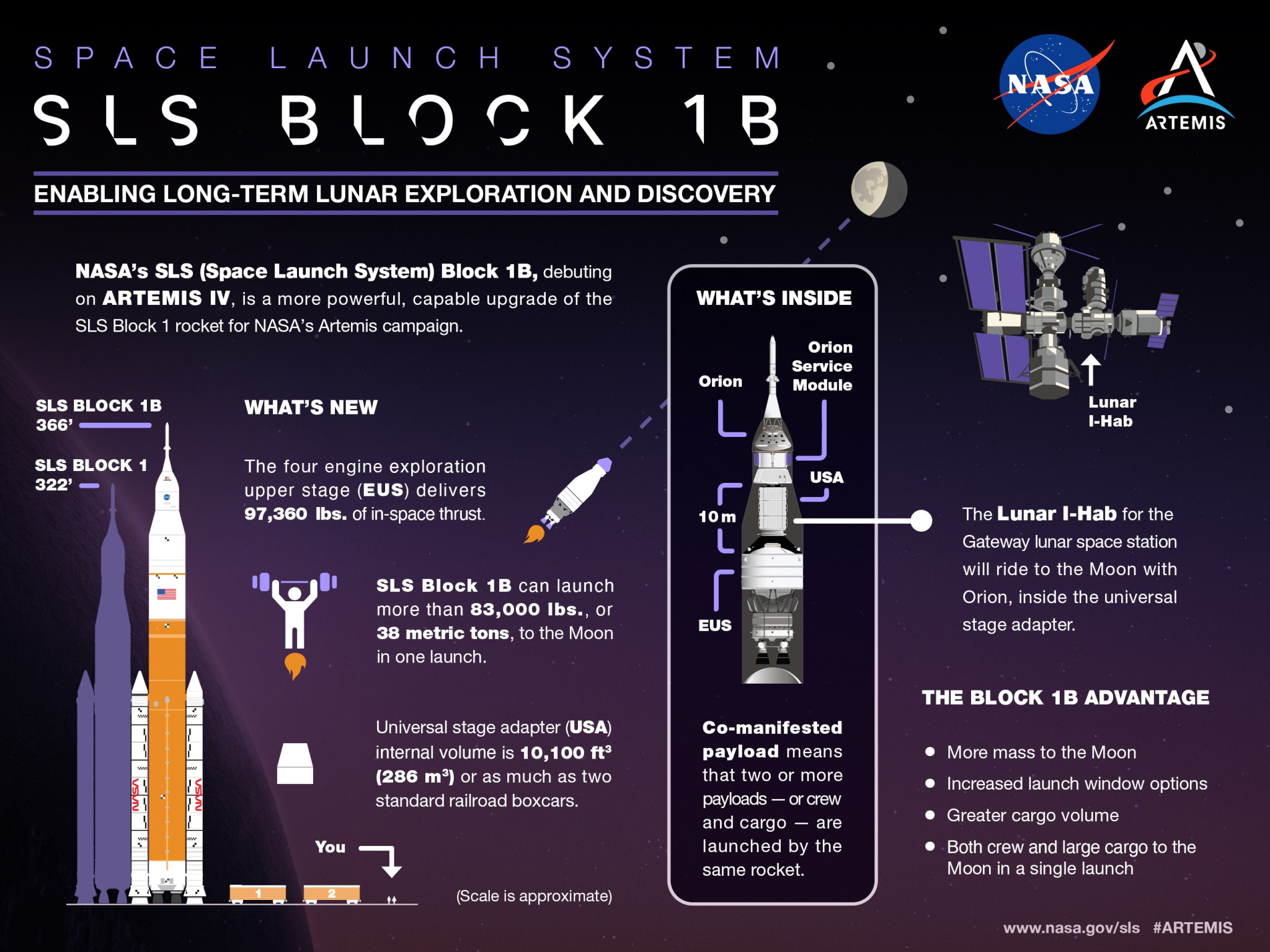NASA’s SLS (Space Launch System) rocket in the Block 1B cargo configuration will launch for the first time beginning with Artemis IV. This upgraded and more powerful SLS rocket will enable SLS to send over 38 metric tons (83,700 lbs.) to the Moon, including NASA’s Orion spacecraft and its crew, along with heavy payloads for more ambitious missions to deep space. While every SLS rocket retains the core stage, booster, and RS-25 engine designs, the Block 1B features a more powerful exploration upper stage with four RL10 engines for in-space propulsion and a new universal stage adapter for greater cargo capability and volume.
As NASA and its Artemis partners aim to explore the Moon for scientific discovery and in preparation for future missions to Mars, the evolved Block 1B design of the SLS rocket will be key in launching Artemis astronauts, modules or other exploration spacecraft for long-term exploration, and key components of Gateway lunar space station.








